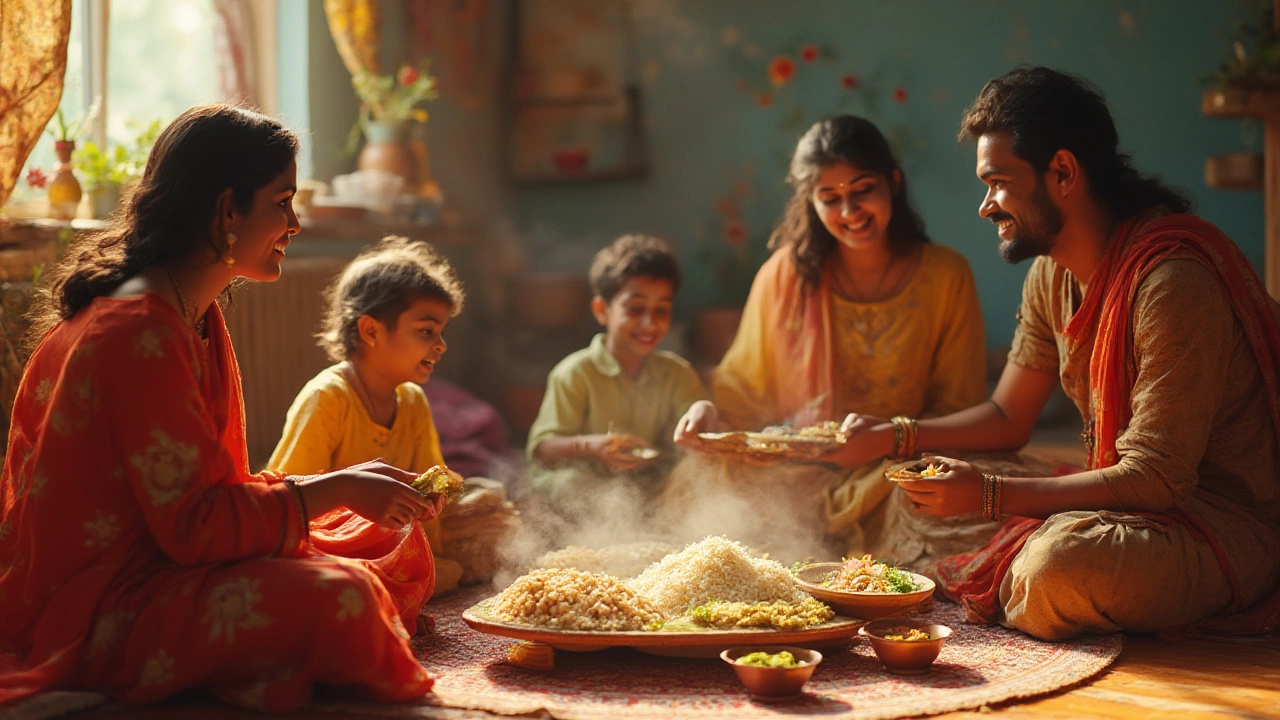SEARCH
Rice and Roti in India: What Makes These Staples So Essential
If you’ve ever wondered why every Indian table seems to have a bowl of rice and a stack of roti, you’re not alone. These two foods are more than just side dishes – they’re the backbone of daily meals across the subcontinent. Understanding their role helps you eat like a local and enjoy authentic flavors.
Different Types of Rice You’ll Find Across India
India grows many rice varieties, each suited to a region’s climate and cuisine. In the South, you’ll see idli rice and parboiled rice used for fluffy biryanis and light steamed dishes. The East favors basmati, a long‑grain aromatic that pairs perfectly with rich curries. Meanwhile, the West enjoys jowar and millet blends for healthier, hearty meals. Knowing which rice fits your dish saves time and boosts taste.
Cooking rice can be simple: rinse the grains, use a 1:2 water‑to‑rice ratio for most types, and let it rest off the heat for five minutes. If you want that perfect fluffy texture, avoid stirring too much while it cooks – the grains will stay separate and light.
Roti Varieties and How to Make Them at Home
Roti isn’t just wheat flatbread; it comes in many shapes and flavors. The classic chapati uses whole‑wheat flour, water, and a pinch of salt. For a crispier bite, try phulka, which puffs up over an open flame. In the North, makki ki roti (cornmeal) is popular with sarson ka saag, while the West loves bhakri made from millet or rice flour.
To roll roti, keep the dough smooth and moist. Divide it into small balls, flatten with a rolling pin, and cook on a hot tawa or skillet. A quick press with a cloth or spatula helps it puff up, giving that soft‑and‑chewy feel we all love.
Both rice and roti are designed to soak up sauces, so pair them wisely. A light dal or vegetable curry works great with rice, while a thicker gravy like butter chicken shines with roti. Mixing and matching lets you explore regional tastes without needing a full menu.
When you travel, you’ll notice that many street vendors serve rice and roti together as a combo plate – a budget‑friendly way to sample local flavors. Look for dishes like trivandrum biryani or punjabi sarson da saag with makki ki roti for a true taste of the region.
If you’re cooking at home, keep a few pantry staples on hand: basmati rice, whole‑wheat flour, and a pinch of ghee. These basics let you whip up a satisfying meal in under 30 minutes, no matter your skill level.
Finally, remember that rice and roti aren’t just food – they’re cultural symbols. Sharing a bowl of rice or breaking a roti together signals hospitality and community. Embrace that spirit, and you’ll find every Indian meal more welcoming and delicious.

Most Eaten Food in India: What Is the Everyday Staple?
Curious what most Indians eat every day? Unpack India’s most eaten foods and how rice and roti rule millions of plates. Discover traditions and fun food facts!
Continue reading